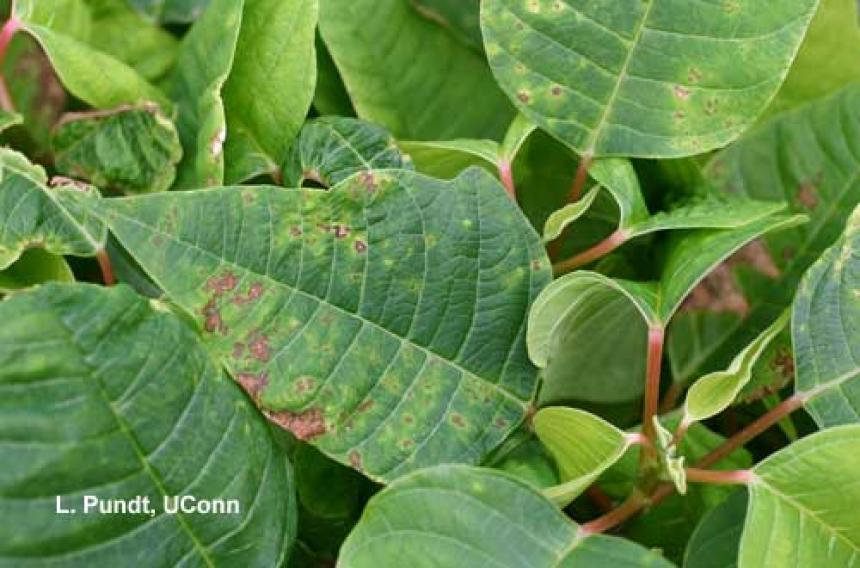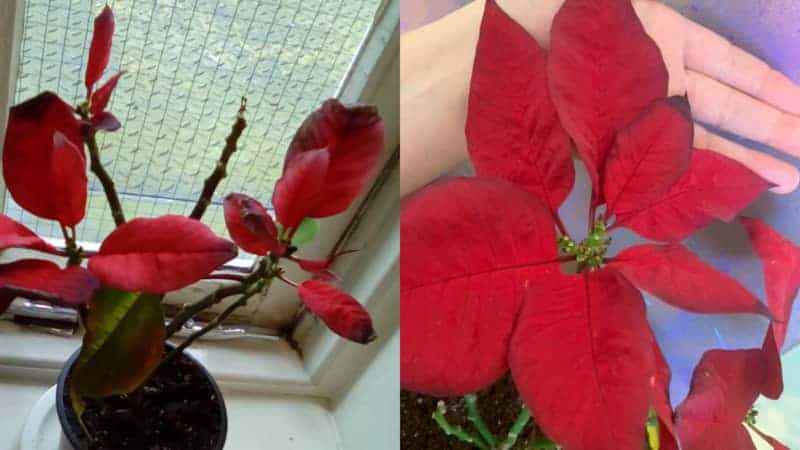Poinsettias are beloved for their vibrant red and green foliage, especially during the holiday season. However, many plant enthusiasts find themselves troubled by unsightly black spots appearing on their poinsettia leaves. These spots can indicate underlying issues that need to be addressed promptly to keep your plants healthy and thriving. In this comprehensive guide, we will explore the various causes of black spots on poinsettia leaves, their effects, and how you can effectively manage and prevent them.
Understanding Poinsettia Plant Care
Poinsettias, or Euphorbia pulcherrima, are native to Mexico and are cherished for their colorful bracts. To maintain their beauty, proper care is essential. Key factors include:
- Light: Poinsettias prefer bright, indirect sunlight.
- Water: Water when the soil feels dry to the touch but avoid overwatering.
- Humidity: They thrive in moderate humidity levels.
- Temperature: Ideal temperatures range between 60°F to 70°F (15°C to 21°C).
Common Causes of Black Spots on Poinsettia Leaves
Identifying the cause of black spots on your poinsettia leaves is crucial for effective treatment. Here are some common culprits:
1. Fungal Infections

Fungal infections are among the most common causes of black spots on poinsettia leaves. These fungi thrive in moist conditions and can spread rapidly if not addressed. The most common fungi affecting poinsettias include:
| Fungal Type | Symptoms | Treatment |
|---|---|---|
| Botrytis cinerea | Gray mold, black spots | Improve air circulation, apply fungicides |
| Alternaria spp. | Dark brown or black spots | Remove affected leaves, apply fungicides |
> Important Note: Always follow the manufacturer’s instructions when applying fungicides to prevent damage to your plants.
2. Bacterial Blight
Bacterial blight can also lead to dark spots on the leaves of poinsettias. This disease thrives in warm, humid conditions and can be exacerbated by overhead watering. Common symptoms include water-soaked spots that can eventually turn black.
3. Nutrient Deficiency, Black Spots On Poinsettia Leaves
Deficiencies in essential nutrients, particularly potassium, can result in black spots. A balanced fertilizer specifically formulated for flowering plants can help address this issue. Look for fertilizers that contain:
- High potassium (K) content
- Trace elements like magnesium and calcium
4. Environmental Stress
Stress factors such as sudden temperature changes, drafts, or inadequate light can weaken your poinsettia and lead to the development of black spots. Consider the following environmental factors:
- Temperature Fluctuations: Protect your plant from drafts and sudden heat changes.
- Humidity Levels: Dry indoor air can stress your plant. Aim for a humidity level of 40-60%.
Identifying Symptoms of Black Spots
Identifying the symptoms associated with black spots can help you take timely action:
- Black or Dark Brown Spots: These can appear on any part of the leaf, often surrounded by a yellow halo.
- Wilting Leaves: Affected leaves may also droop or wilt.
- Leaf Drop: In severe cases, the plant may shed its leaves.
Effective Treatment Strategies

Once you identify the cause of the black spots on your poinsettia leaves, it’s time to implement treatment strategies. Below are various options you can consider:
1. Fungal Treatment
If you suspect a fungal infection, it is essential to act quickly. Here’s what you can do:
- Remove Affected Leaves: This helps prevent the spread of the fungus.
- Apply Fungicides: Use a broad-spectrum fungicide and follow the manufacturer’s recommendations.
- Improve Air Circulation: Ensure your plant has adequate spacing to allow air to circulate.
2. Addressing Bacterial Blight
To combat bacterial blight, you can:
- Prune Affected Areas: Cut away any infected parts of the plant.
- Avoid Overhead Watering: Water the base of the plant directly to minimize leaf wetness.
3. Nutritional Improvements
If nutrient deficiency is suspected:
- Use a Quality Fertilizer: Look for balanced fertilizers high in potassium.
- Perform Soil Tests: This will help you understand the nutrient composition of your soil.
4. Creating a Healthy Environment
To prevent environmental stress:
- Maintain Consistent Temperature: Avoid placing your plant near heating vents or cold drafts.
- Monitor Humidity Levels: Consider using a humidifier to maintain ideal humidity.
Preventing Black Spots on Poinsettia Leaves
Prevention is always better than cure. Here are some effective strategies to keep your poinsettia healthy and free from black spots:
1. Regular Monitoring
Keep a close eye on your poinsettia for any signs of distress. Early detection can make a significant difference in managing issues.
2. Proper Watering Techniques
Avoid overwatering, which can promote fungal infections. Use the “finger test” to ensure the soil is dry before watering.
3. Quality Soil
Use a well-draining potting mix to reduce water retention. Consider mixing your potting soil with perlite for enhanced drainage.
4. Pruning and Grooming
Regularly prune your poinsettia to remove any dead or diseased leaves. This not only improves aesthetics but also reduces the risk of disease spread.
5. Educate Yourself
Understanding the specific care requirements of your poinsettia will empower you to act effectively when problems arise.
Conclusion: Black Spots On Poinsettia Leaves
In summary, black spots on poinsettia leaves can be a significant concern for plant owners, but with the right knowledge and care practices, you can manage and prevent these issues. By understanding the causes, recognizing the symptoms, and implementing effective treatment strategies, your poinsettia can thrive and continue to bring joy to your home. Remember that maintaining a healthy environment and proper care is vital in ensuring your poinsettias remain vibrant and beautiful throughout their growing season. Happy gardening! 🌺
